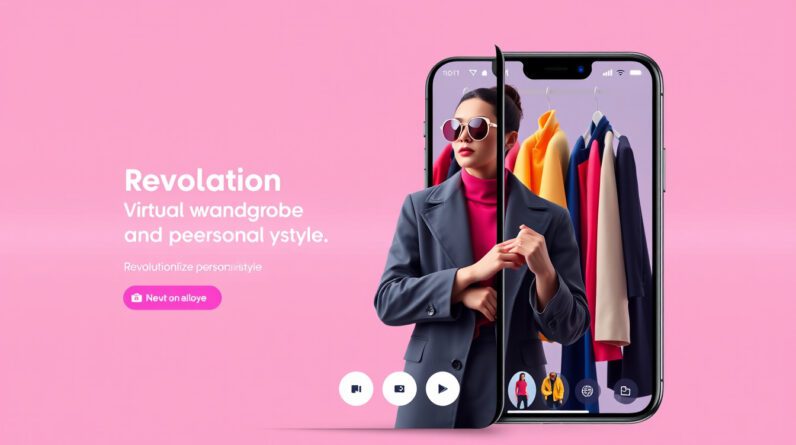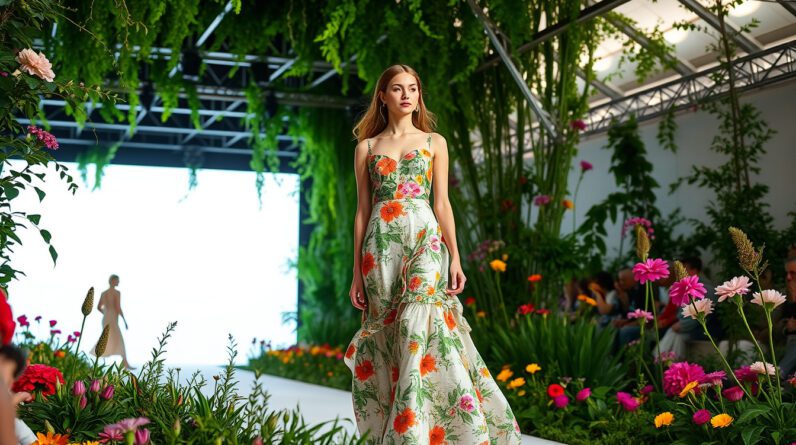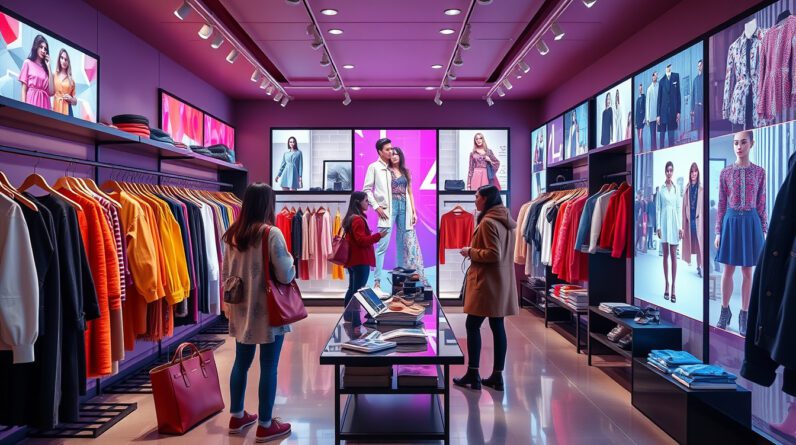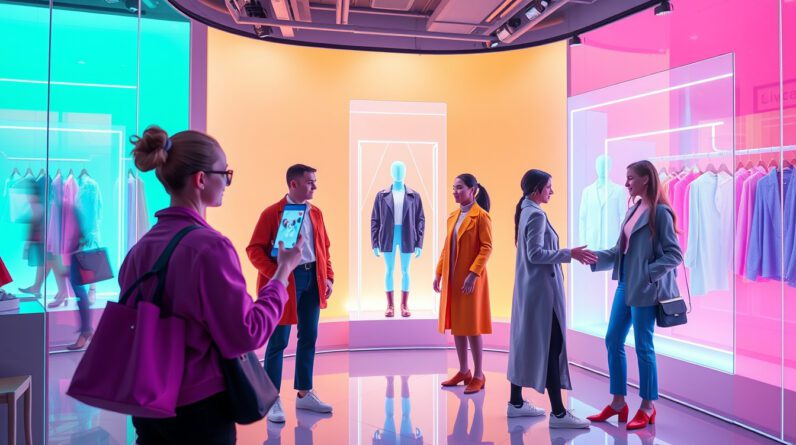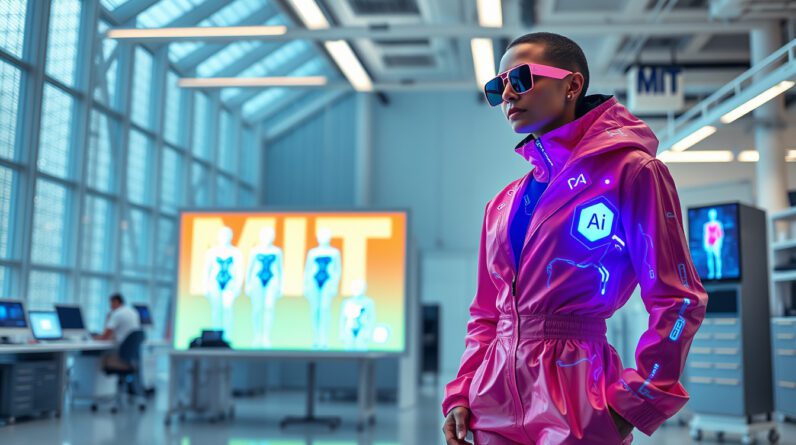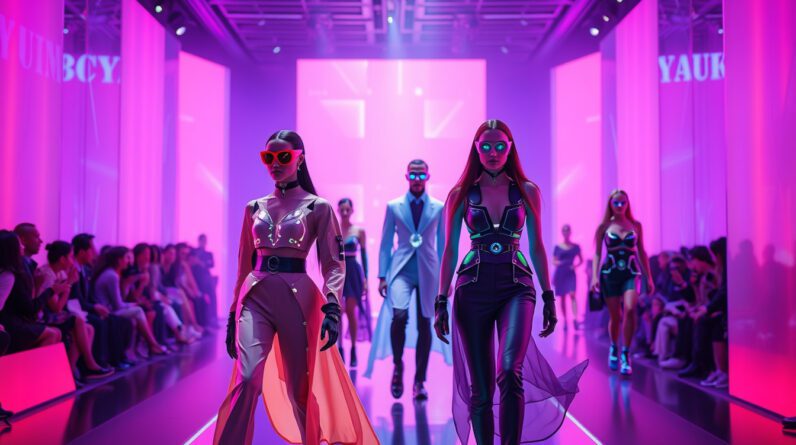
The Rise of AI Art: A Surreal Revolution
The art world is no stranger to change. From the cave paintings of Lascaux to the Renaissance masters, from the Impressionists to the abstract expressionists, art has always been a reflection of our evolving understanding of the world and our place in it. Today, we stand on the precipice of yet another artistic revolution, one driven by the unlikely hands of artificial intelligence. AI art, once a niche experiment, has exploded onto the scene, flooding our digital spaces with a wave of bizarre, beautiful, and often unsettling imagery.
The Algorithm as Artist: Understanding the Mechanics of AI Art
To grasp the surreal nature of AI art, we must first delve into its mechanics. Unlike traditional art forms, AI art is not born from the brushstrokes of a painter or the chisel of a sculptor. Instead, it emerges from lines of code, complex algorithms trained on vast datasets of images, text, and code. These algorithms, powered by machine learning, are capable of identifying patterns and relationships within the data, learning to mimic artistic styles and generate entirely new forms of visual expression.
One of the most prevalent forms of AI art generation is through text-to-image models. These models, with names like DALL-E 2, Midjourney, and Stable Diffusion, operate on a fascinating premise: you feed them a text prompt, a string of words describing your desired image, and the AI, drawing upon its vast knowledge base, attempts to translate your words into a visual representation. The results can be astonishingly realistic, whimsically abstract, or chillingly surreal, often blurring the lines between the familiar and the fantastical.
A Surreal Journey Through the Uncanny Valley
The surrealism of AI art often stems from its ability to tread the fine line between the recognizable and the utterly alien. Faces morph and melt, landscapes warp into impossible geometries, and everyday objects take on an eerie, dreamlike quality. This journey into the uncanny valley, that unsettling space where the almost-human brushes against the distinctly artificial, is a hallmark of AI art, prompting both fascination and unease in equal measure.
Imagine, for instance, a portrait generated from the prompt a woman with flowing hair made of butterflies. The AI might depict a face both human and ethereal, strands of hair transforming into a kaleidoscope of wings, capturing a fleeting moment of beauty tinged with the surreal. Or consider a landscape generated from a city skyline melting into a starry night. The AI might render towering skyscrapers dissolving into swirling nebulas, the familiar transformed into a scene of cosmic grandeur.
This interplay between the familiar and the strange, the recognizable and the uncanny, lies at the heart of AI art’s surrealism. It forces us to confront our expectations of what art can be, challenging our notions of creativity, originality, and even consciousness.
The Democratization of Creation: Empowering Artists of All Kinds
The rise of AI art has also sparked widespread debate about its implications for the future of artistic creation. Some view it as a threat, a harbinger of a future where human artists are rendered obsolete by machines. Others, however, see it as a powerful tool, a means of democratizing art and empowering a new generation of creators.
AI art tools have lowered the barrier to entry for aspiring artists. One no longer needs years of training to wield a paintbrush or sculpt clay. With a few lines of code and a spark of imagination, anyone can become an AI artist, exploring their creativity in ways previously unimaginable. This accessibility has led to an explosion of creativity, with individuals from all walks of life contributing to the ever-expanding tapestry of AI art.
Furthermore, AI art tools can serve as powerful collaborative partners for established artists. They can be used to explore new ideas, experiment with different styles, and push the boundaries of traditional artistic practices. Imagine a painter using an AI tool to generate a series of abstract textures, which they then incorporate into their physical artwork. Or a sculptor using AI-generated 3D models as the basis for a new sculpture, blending the digital and the physical in a seamless fusion of art and technology.
Navigating the Ethical Labyrinth: Copyright, Ownership, and the Future of Art
As with any disruptive technology, AI art has raised a host of ethical and philosophical questions that we are only beginning to grapple with. Issues of copyright and ownership are particularly complex. If an AI generates a piece of art, who owns the copyright: the programmer who created the AI, the user who provided the prompt, or the AI itself? And what constitutes originality in a world where machines can generate seemingly infinite variations on a theme?
These questions have no easy answers, and the legal frameworks surrounding AI art are still in their infancy. As AI art continues to evolve, it will be crucial to engage in thoughtful and nuanced discussions about its ethical implications, ensuring that we harness its potential while safeguarding the rights and interests of human creators.
A Surreal Future: Embracing the Unknown in the Age of AI Art
The wave of bizarre AI art washing over us may feel surreal, even unsettling at times. Yet, it is a testament to the boundless capacity of human ingenuity and the ever-evolving relationship between art and technology. AI art challenges us to expand our definitions of creativity, to confront our assumptions about the nature of art itself, and to embrace the unknown with a sense of wonder and curiosity.
As we venture deeper into this uncharted territory, one thing is certain: the journey promises to be as surreal, challenging, and ultimately rewarding as the art itself. We are witnessing the birth of a new artistic movement, one that will undoubtedly leave an indelible mark on the cultural landscape for generations to come.

